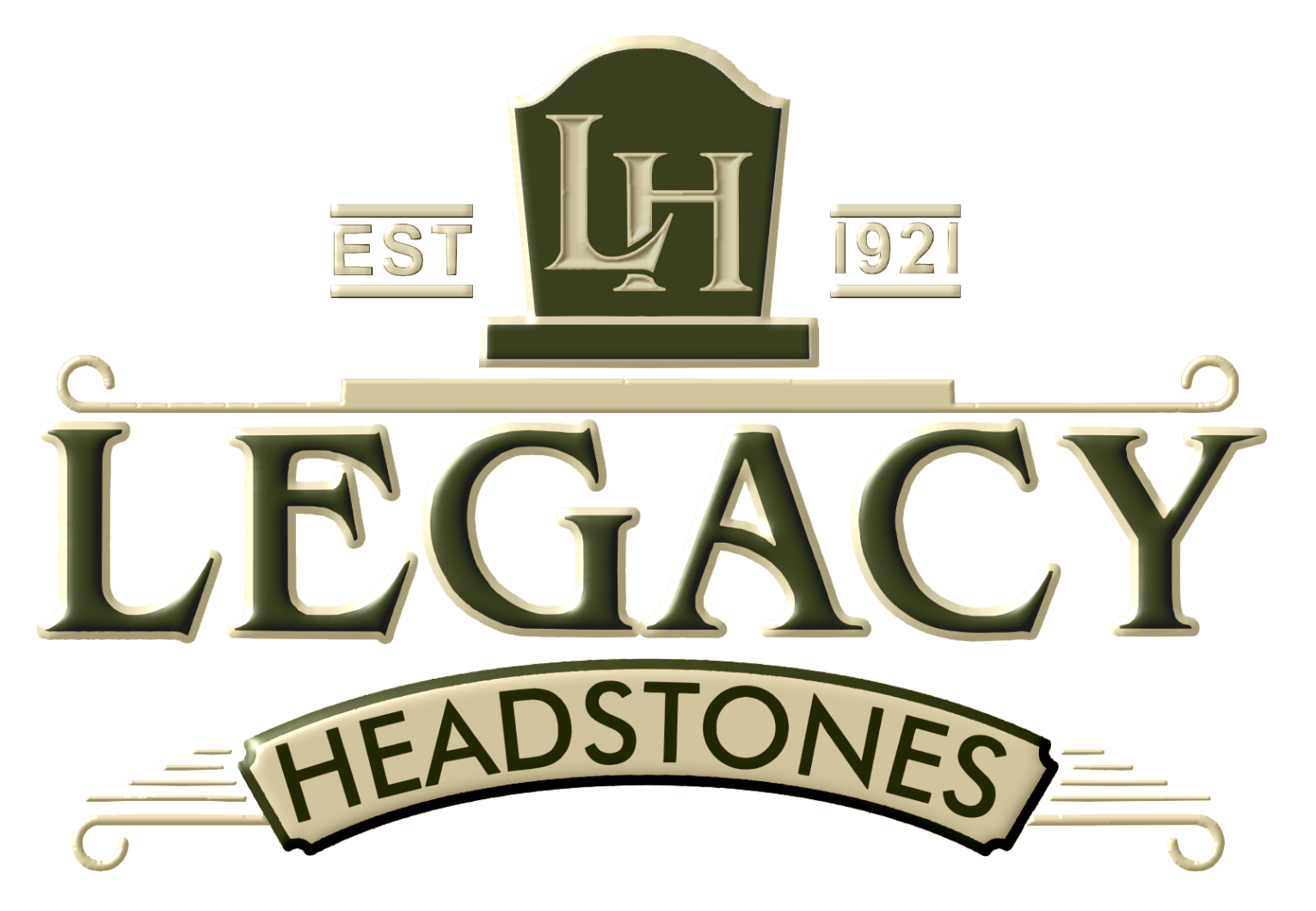Some are very small; some are very large; some have fur, and others have feathers or scales—no matter their size, they leave such a deep and abiding impression with us for their entire lives. They bring unconditional love and joy, comfort us, and make us laugh while causing unique pain and loss when they leave us.
When we lose a pet, it's not unusual for us to wish to memorialize them in some way. Whether you are looking to honor the joy they brought you or their memory, there are many ways to remember our beloved pets when they're gone.
Today, we would love to guide you on choosing a headstone for a pet to memorialize our furry, feathered, or scaled companions.
Pet Memorial Material
One of the crucial details to remember when choosing your pet's memorial is what material to use. Materials matter because of where you wish to keep your pet's memorial. The environment the memorial is placed in can affect a memorial's longevity, especially if seeking to establish it outside where it is exposed to weather.
There are many materials to choose from, so we'll focus on the most common and widely used, with pros and cons to help you decide.
- Fieldstone
Fieldstone is a naturally occurring stone that comes in various colors, including green, gray, and light brown. It's a standard rock that was a known nuisance to farmers who had to clear it before they could till and plant. Today, it can be used to build many things, from homes, grave markers, memorials, fences, and more.
Pros of Fieldstone:
• Common and environmentally sustainable. Fieldstone is a native stone found all over, making it an excellent material choice for a headstone with minimal impact on the earth.
• It is affordable and comes in many beautiful natural colors, making it a unique and ideal combination of earth tones for a rustic look.
Cons of Fieldstone:
• Fieldstone is not known as an ultimately timeless stone material. The environment and weather can often begin to break down the fieldstone with the sun, making engravings or images fade, or the stone eventually begins to crumble.
- Sandstone and Limestone
Sandstone is a rock created from many tiny grains of fused sand. You can find it in a variety of colors as well, from beige to black, orange, or white. Limestone is a naturally occurring stone that happens when bones or shells fuse and typically comes in white, tan, or grey.
Pros of Sandstone and Limestone:
• While sandstone is rarely polished, its muted surface and softness make it easy to cut and present as a flat headstone.
• Grave markers made of sandstone can exhibit a wide range of gorgeous sedimentary structures, compositions, grain sizes, and degrees of cementation that can make each one look unique.
• Limestone is relatively easy to carve and comes in many beautiful decorative colors.
Cons of Sandstone and Limestone:
• Sandstone is notoriously challenging to polish to a sheen. Most often, they present a duller, muted surface.
• When a headstone made of sandstone is positioned with the bedding vertical, pressure or weathering along the top edge of the grave marker can force the stone open along its bedding planes, often resulting in exposing more of the friable surfaces (a surface or substance that can be reduced to fiber or finer particles by the action of a small amount of pressure or friction).
• When placed outside, especially in an area that experienced winter, the freeze and thaw of water entering the pore spaces of sandstone can cause the grave marker to delaminate—or become divided into layers.
• Additionally, should salt be absorbed into sandstone's pore spaces, that can cause the memorial's surface to begin blistering.
• Limestone is particularly susceptible to chemical erosion due to the relatively soft nature of this stone. Gases in the atmosphere, such as sulfur dioxide, for example, often result in a loosening of the exterior of the stone, causing what's known as loss of material, or "sugaring," and the formation of a black crust in locations where there is a higher concentration of pollutants.
- Granite
Granite became famous as a headstone choice around the end of the 19th century and continues to be one of the top materials for grave markers, headstones, and monuments.
Pros of Granite:
• Granite is an igneous rock comprising quartz, feldspar, and interlocking materials such as biotite. Igneous rocks are rugged for water and moisture to penetrate, allowing granite headstones to withstand the environment without worry of freeze and thaw.
• Granite's quartz adds a beautiful shimmer and texture to the headstone.
• Granite's toughness means that while carving and engraving are more challenging, images or inscriptions remain bright, crisp, and readable for hundreds of years.
• Granite does not stain, deteriorate, or shatter.
• Granite is easy to clean and maintain.
Cons of Granite:
• Granite can be pretty heavy. Moving it or adjusting it in the future may be challenging, depending on where you place your pet memorial.
• If you place a headstone in a green cemetery or eco-friendly memorial site, granite may not be an allowed material for your pet's headstone as it may not be deemed a rock natural to the area.
Choosing a Pet Headstone from Legacy
At Legacy Headstones, with more than one hundred years of experience, we have several beautiful American-sourced granite headstones that you can customize to help memorialize your beloved pet. When choosing the suitable pet headstone for you, shop with us in the confidence of over a century of serving the community with high-quality, beautiful memorials that will withstand the test of time so that you may find solace with your beloved pet in the years to come.

